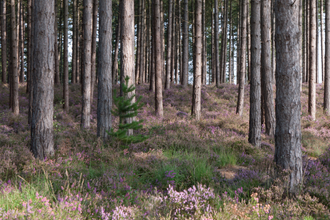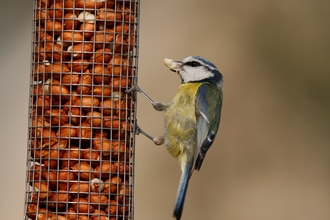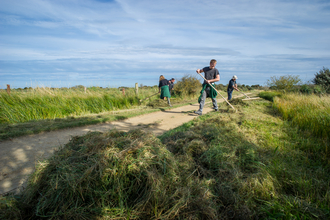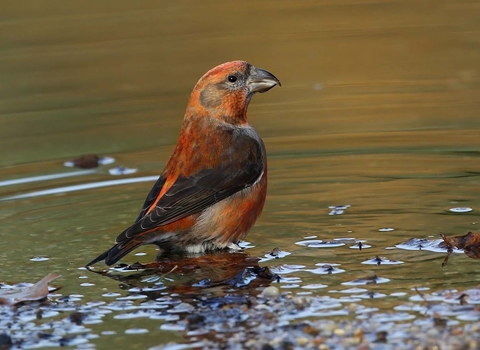
©Margaret Holland
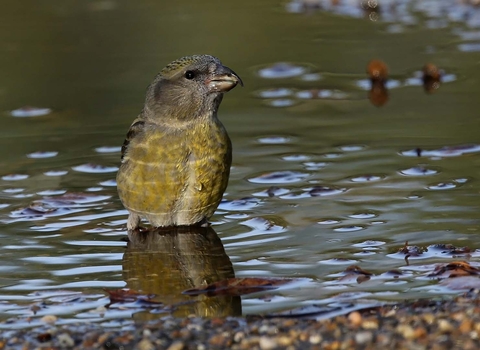
©Margaret Holland
Common crossbill
As it names suggests, the common crossbill has a large bill that is crossed at the tip - perfect for picking the seeds out of pine cones. Look for it in conifer woodlands, mainly in the north and south.
Scientific name
Loxia curvirostraWhen to see
January to DecemberSpecies information
Category
Statistics
Length: 16cmWingspan: 29cm
Weight: 43g
Average lifespan: 2 years
Conservation status
Classified in the UK as Green under the Birds of Conservation Concern 5: the Red List for Birds (2021). Protected in the UK under the Wildlife and Countryside Act, 1981.

